Chanel No 5, Red Moscow, and the Scent of Totalitarianism
|Joachim Bessing
On July 29, German author and essayist Karl Schlögel was announced as the winner of the 2025 German Book Trade Peace Prize. In honor of his win, we're revisiting a feature from 032c Issue #39, where Joachim Bessing traces the olfactory histories of COCO CHANEL and RED MOSCOW, guided by Schlögel’s historical insights.
No fragrance, however popular or luxurious, can mask the malodorous histories of imperial Europe. A new book by historian of totalitarianism Karl Schlögel unravels the history of two of the world’s best-known perfumes – and the political legacies of the women behind them: Paris’ COCO CHANEL, and Moscow’s POLINA ZHEMCHUZHINA MOLOTOVA, two leaders of industry, culture, and style at opposite ends of a continent divided. Their signature products – CHANEL No. 5 and RED MOSCOW, respectively – share an unlikely origin with the Romanov dynasty, and a unique capacity to expose history’s secrets.
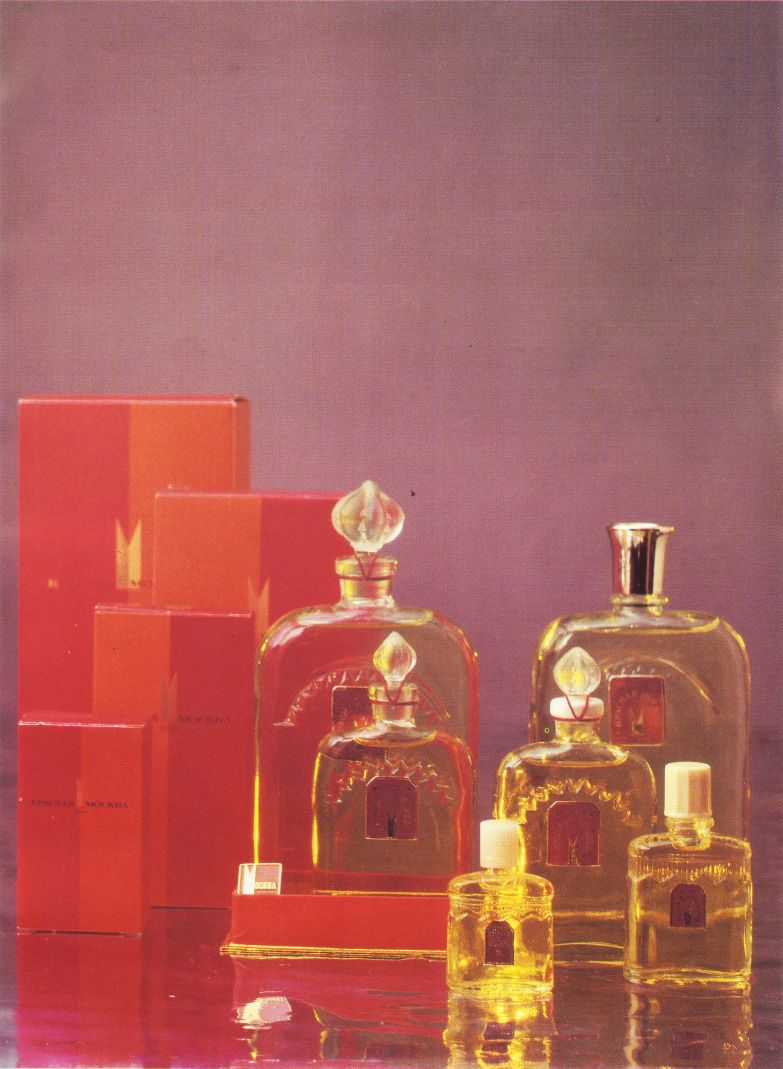
Red Moscow perfume bottles and packaging
To make this interview possible, Karl Schlögel invited me to his home, a bright and spacious apartment overlooking the Russian quarter in West Berlin. Only a few hundred meters away is a Russian Orthodox Church, the Resurrection of Christ Cathedral, whose three distinctive towers are sure to be noticed by anyone heading to the nearby Grunewald forest. Schlögel had politely declined the pandemic-compliant walk I had originally suggested. He reasoned, “I am able to think only while sitting or standing.”
So we sit across from each other in two armchairs. Placed on the bookshelf is a small bottle of the Soviet perfume Red Moscow – a gift to Schlögel from the East German journalist Jens Bisky. This flacon is central to the discussion that follows. Standing next to it, and given its own place of honor on the shelf, is a handsome pack of cigarettes, of the same brand favored by Joseph Stalin. But, as my partner in dialogue will later tell me, Stalin didn’t smoke them, as such – he would tear open the paper with his fingernail and fill his pipe with the makhorka tobacco inside.
Schlögel is an award-winning historian of the Soviet Empire, an inexhaustible topic on which he has published more than 15 books. His most recent venture, The Scent of Empires (Der Duft der Imperien, 2020), is exceptional not only within Schlögel’s own œuvre but within the historical community at large, where few works have sought to describe a period of world history by way of its fragrance. In fact, only one other book comes to mind: The Foul and the Fragrant: Odor and the French Social Imagination (1982) by Alain Corbin, who reconstructs the history of public space during the Enlightenment through its olfactory dimensions – providing a fertile background for Patrick Süskind’s famed novel, Perfume (1985), among other things. Yet the surreal but true story that comes together in Schlögel’s latest work smells more like something of Thomas Pynchon’s than it does of Süskind’s. In literary terms, The Scent of Empires might be described as the story of a pair of “perfume twins,” separated in incubation by the changing global landscape of their era. Both are descendants of a fragrance created for the 300-year anniversary of the arrival of the Romanov dynasty in France. One, named Chanel No. 5, becomes world famous. The other, Red Moscow, rises to stardom behind the Iron Curtain. Created by the Moscow-born perfumer Ernest Beaux of Alphonse Rallet & Co., a Russian house and the foremost purveyor of fragrance to the imperial courts, No. 5 is raised in Paris by fashion doyenne – and Nazi agent – Coco Chanel, growing her namesake label into a global luxury brand and making the designer one of the wealthiest women of the 20th century. Red Moscow is the ostensible older twin, first produced before the 1917 Revolution by Rallet & Co.’s top competitor, Henri Brocard, as Le Bouquet Préféré de l’Impératrice (The Empress’ Favorite Bouquet). It was then given a Russian name and taken under the wing of Polina Zhemchuzhina Molotova: USSR perfume commissioner; wife of foreign minister and Stalin protégé Vyacheslav Molotov; “friend” of Israeli ambassador Golda Meir; and a Jew, imprisoned as the result of a purge campaign in 1949. (Zhemchuzhina survived and remained a staunch Stalin supporter.) Making appearances in the parallel stories of Schlögel’s perfume powerhouses are Tsarina Catherine II, Russian suprematist Kazimir Malevich, and Joseph Stalin himself.
A woman who wears no fragrance, as Coco Chanel famously said, “has no future.” But dropped upon the throbbing pulses of Europe’s western and eastern centers by the women who shaped its style, the continent’s perfume is also the expression of its secret past.
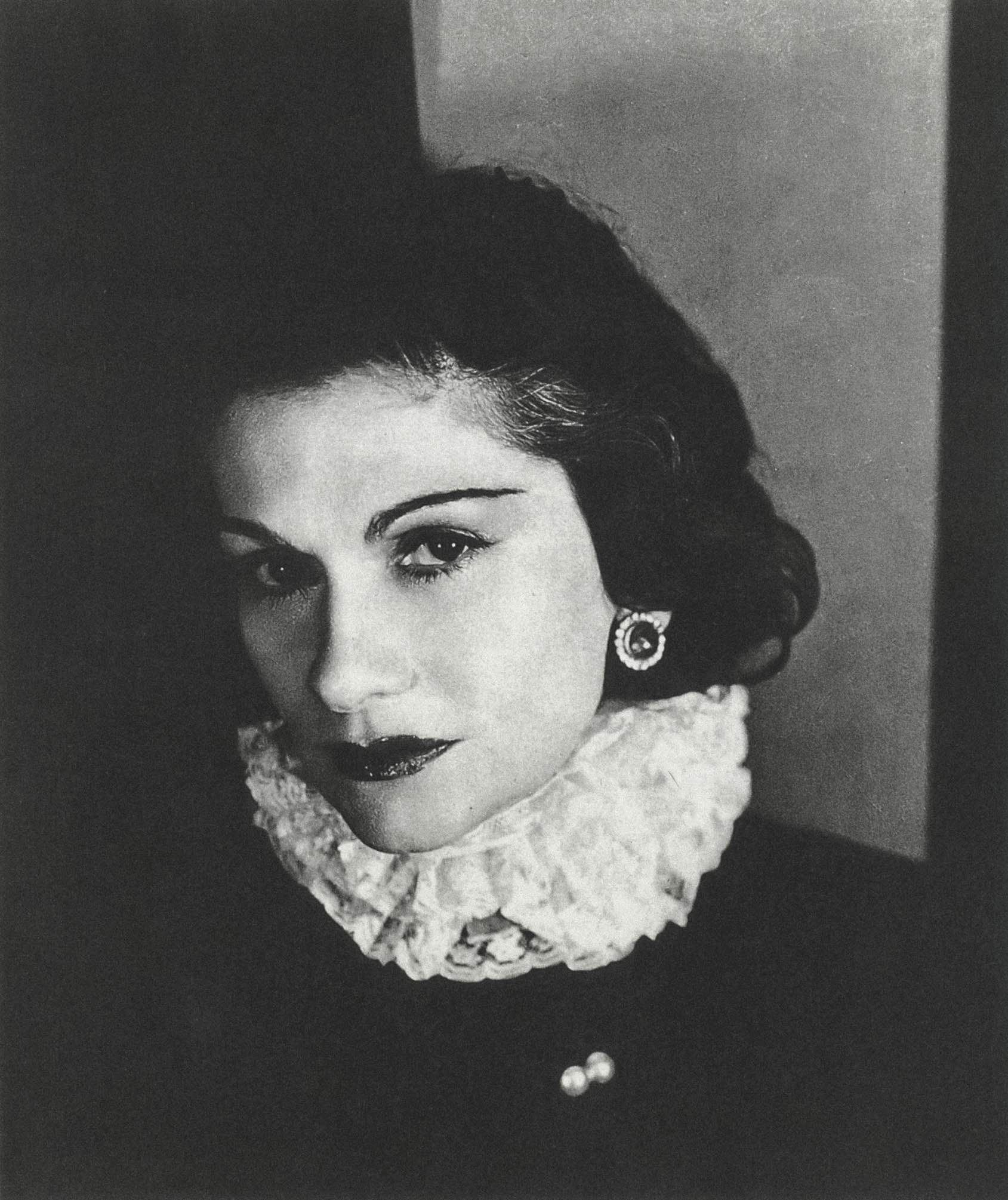
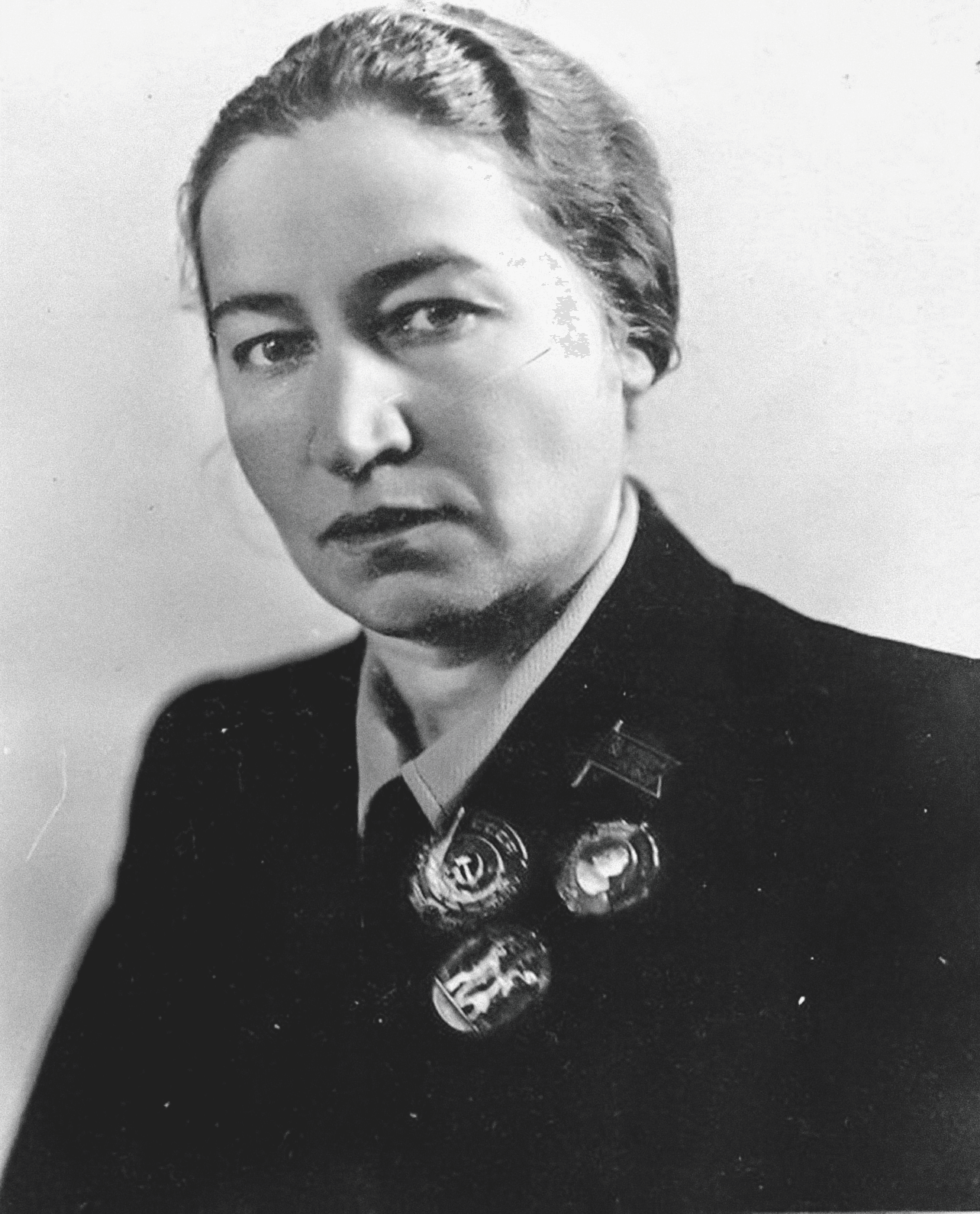
Left: In 1944, Chanel was interrogated by the Free French Purge Committee. After her release, she said to her grandniece, “Churchill had me freed.” Historians have speculated that Churchill was worried Chanel would expose Nazi sympathizers among the highest echelons of British elites – including the royal family. Photo: George Hoyningen-Huene, 1939
Right: Polina Zhemchuzhina went to the USA in 1934 to study the country’s cosmetics industry, visiting 25 plants and stopping for tea with Eleanor Roosevelt. American women, Zhemchuzhina later said, applied cosmetics “freely, but never without a personal touch of taste.” Upon her return, she set to work on building up the manufacture and use of cosmetics in the USSR, receiving the Order of Lenin – the highest Soviet decoration – for her work. Photo: Official Soviet portrait, 1943
Joachim Bessing: How did you arrive at this topic?
Karl Schlögel: It’s a simple story. I was in Moscow in the early 1980s to study and conduct research. I noticed a particular scent every time I went to the theater or attended some festive event there. I’m no expert in scents, but I stumbled upon the same smell later, when I was in the GDR – or, rather, in the officers’ casinos that were technically outside the realm of the GDR. In any case, the scent was always present at festive occasions. I did some preliminary research and discovered that it was the very same one I had encountered before, and the most prominent and popular perfume in the Soviet Union: Red Moscow. The perfume’s formula originates in 1920 but evidently goes back to prerevolutionary times. As my goal in the book The Soviet Century had been to shed light on certain rather astonishing continuities that undermined the great rupture in 1917, this particular history about perfume suddenly became a very thrilling subject to me.
JB: You “caught the scent,” as it were. In your latest book, you write that one of the leading historians on the history of Soviet perfumes, Natalya Dolgopolova, described the 1950s and 1960s as the “Golden Age of Soviet perfumery.” The then-new Seven Year Plan (1958–65) had exceeded expectations. The gross weight of manufactured perfume, eau de cologne, and eau de toilette totaled around 30,300 tons in 1965, surpassing industry production in leading capitalist states in the second half of the 1960s.
KS: All of these social realities – and the upheavals in particular – also played out on an olfactory stage, in the world of fragrance. The second discovery I made was that Chanel No. 5 was also of Russian origin. Previously, I never had anything to do with perfumes or Chanel. But I discovered that No. 5’s perfumer came from Russia and had previously worked at a French perfume factory in the Russian Empire. Knowledge of this shared origin was something we lost because of the way the world became divided after 1917. This similitude endowed the story with a dynamic I was not prepared for: it became clear to me that the course of the 20th century could be told through this story.
JB: This lens would reveal facets of world history that had previously been undetected.
KS: Before this research, I had no idea that Polina Zhemchuzhina had had anything to do with the perfume industry. I knew the name only as a defendant in the trials from the end of the 1940s, and as the wife of Vyacheslav Molotov. I also didn’t know that Kazimir Malevich had designed a flacon for Red Moscow. All of this came together gradually and could later be congealed.
JB: No one has told this story before you?
KS: When you work in this field, you quickly realize that you’re never on your own. There’s a whole Russian discourse on perfume. It’s like railway enthusiasts: there’s a sophisticated and specialized scene that engages with this cosmos on the Internet. Yet what’s decisive for me is the intellectual approach. I am someone who rigorously pursues that which is visible, what’s tangible – the artifacts. I’ve mostly worked on places and cities. To me, architecture and urban sites are documents. As such, my actual aim is to give the senses their due place – but not theoretically! Not as an “olfactory turn,” but as self-evident fact. The sense of smell plays a decisive role in memory. By the way, I only read Patrick Süskind’s novel post festum. What can I say? Fiction is not my forte. All the same, Perfume left a lasting impression on me – not only as a literary work but also because every sentence shows that the author delved deep into the history of perfume production. I didn’t have a clue about perfumes until I made my discovery.
JB: Not even for personal use?
KS: After the initial spark of Red Moscow, I started looking at perfume within the context of Soviet history. I was in Munich at the time, and I went to a cosmetic shop to ask whether they carried Red Moscow. They didn’t, of course. So, I bought myself a small bottle of Chanel No. 5 as a consolation prize.
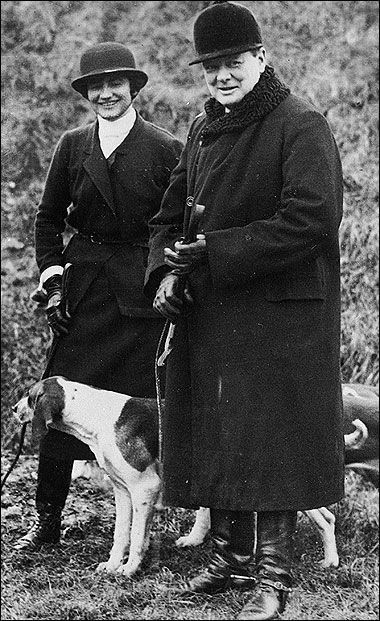
Coco Chanel and Winston Churchill, 1920s
JB: You dedicated your book to the late Karl Lagerfeld, which is probably unique within historical scholarship. Lagerfeld, who really turned Chanel into the global brand it is today, revealed in a book published alongside his 2008–9 Metiers d’Arts Paris–Moscou collection that the secret of No. 5’s success had to do with France’s “Russian connection” – a cultural and commercial lineage that was buried by the Second World War and Stalinism. He alludes to the friendship between Gabrielle “Coco” Chanel and the Grand Duchess Maria Pavlovna, who founded the Russian fashion house Kitmir. It was a clever move on Lagerfeld’s part to focus on the era before National Socialism. Coco’s reputation had been severely damaged by the discovery of her love affair with Baron Hans Günther von Dincklage, a Nazi functionary and official confidant to Hitler. It’s an extremely interesting issue, and Lagerfeld plays a role in reshaping the modern historical narrative by sidestepping it. You note early on in your book that fragrances disappeared from historical narratives when the eye became the organ of reason during the Age of Enlightenment. You write about a historical scholarship that’s been deodorized. One thing that’s remarkable about your approach is that the book itself is composed like a perfume: it has light, almost bright overtones, but also a heavy, musty chord that fortifies the whole. I don’t want to talk about skatoles necessarily, but the book’s contents are also concerned with the stench of history – with the scents of the concentration camps and in the gulags of the Stalinist Soviet Union.
KS: This is also something that simply happened. I always have faith in the potency of the material. Nothing needs to be invented, everything can be discovered – or revealed. If all of your senses are activated, the Russian Revolution is not merely a story of directives, decrees, appeals, programs, and so on. Rather, it’s a simple and yet incredibly complex story. The story of the Russian Revolution could be told as one of an entirely new world of fragrance encroaching on an ancient one – that is, on the cordoned-off aristocratic realms of the theater, the opera house, and the salons of grand bourgeois residences. The work is also about these spaces, and their transformation into places of entirely different olfactory connotations.
JB: Alain Corbin also wrote on perfume in the context of the leadup to the French Revolution. You write that the names of perfumes from the new era you describe are political – that the world of fragrances became semantically Bolshevized when cosmetics were given names such as Golden Era, New Way of Life (Novy byt), Red Poppy (Krasny mak), Spartakiada, Hero of the North (Geroy Severa), and Avantgarde. Later, during the Sturm und Drang era of the first Five Year Plan, these goods would bear the names of communism’s construction sites: Stratostat (a kind of tethered balloon), On Guard, Our Answer to the Kolkhoz Farmers (Nash otwjet kolchosnikan), Pioneer, Tank, White Sea Canal (Belomorski kanal), Kolkhoz Victory (Kolkhoznaya pobeda), and Greetings to the Chelyuskins (Privet Chelyuskinam) – the [last one] named after the Soviet expedition ship that was trapped in the Arctic Ocean’s pack ice in 1933 but whose crew was rescued. Each new fragrance thus became a hallmark of the new class of social climbers.
KS: Suddenly, an apartment where a family of four once lived with three service personnel became one where 40 people were living – and this was reflected in terms of smell. Not to reduce history to the nose again – I object to such simplifications. The issue is about expanding the register of perception, expanding the repertoire for models of description. The work is about a social upheaval in soundscapes as well as scentscapes, which have not been depicted so far. It’s a history of perception. And if you want to delve into the complexity of such a history during an upheaval, then you need to go about it like Alain Corbin did – in this case, for the 20th century.
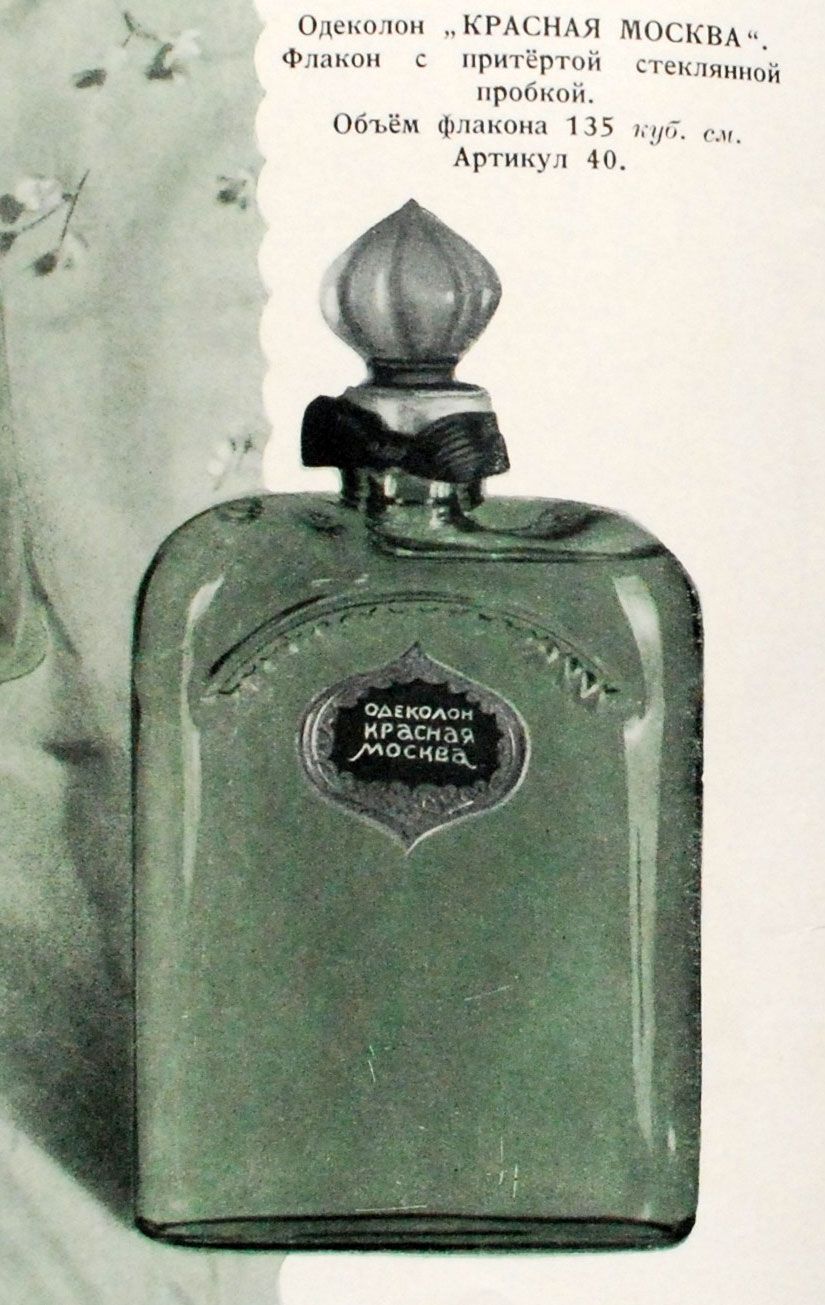
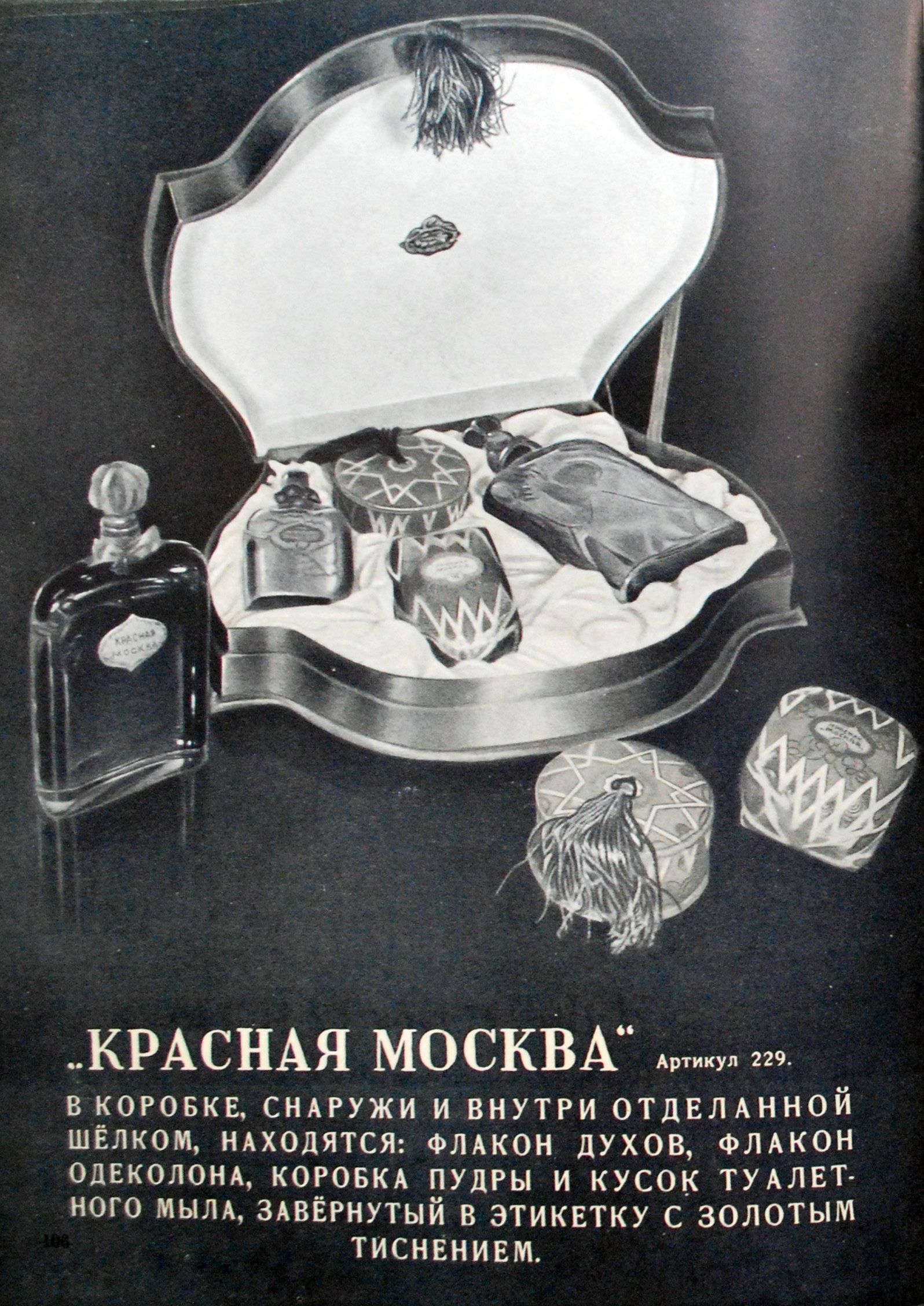
Left: Vintage bottle of Red Moscow
Right: Vintage Soviet advertisment for Red Moscow gift set with perfume, cologne, powder, and soap in a silk-lined case
JB: Class consciousness is also generated from odors – a point you make when quoting George Orwell: “The lower classes smell .... No feeling of like or dislike is quite so fundamental as a physical feeling.” You note that people in the East were thinking along similar lines when they spoke of the “crystalline purity of the party,” the “rotting bourgeois intelligentsia,” or even about “purges.” The scent of lavender, as it appears in the chansons of Alexander Vertinsky for example, signifies decay, decadence, and degeneracy in the eyes of those tasked with guarding Bolshevik morality. It wasn’t long until political adversaries started being called “Trotskyite Pyatakovian degenerates” who belonged in the “ manure heap,” in the “trash heap of history.” An awareness of scent bolsters one of class struggle – and you sniff your way into that psyche.
KS: Anyone here in Berlin who used to walk across Friedrichstraße and enter East Berlin through Checkpoint Charlie would have immediately smelled that they [had] entered another sphere. You could smell the disinfectant Wofasept, which was ubiquitous in the GDR. Incidentally, this is an odor that has since been eradicated: although the disinfectant is still produced, its scent has been diminished. But back then, the smell of Wofasept, like that of Red Moscow, was an indication of the partition. One’s memory of such indications [is] just as powerful as the recollection of the crossing of the borders themselves.
JB: Even today, coming from Germany, there is a change of scent when you cross the bridge from Görlitz into Poland. This has to do with the different way that the radiators are constructed: the pipes in pubs in Poland give off a different heat than those in Germany.
KS: I believe it would be tremendously beneficial if the senses were restored, if they were included as one of the instruments for historical scholarship. This would be a gain in complexity – in our understanding of reality. It would also be a gain in possibility, in the potential of penetrating the experiential space of the past, which remains barred to us. The question is: why aren’t specialized knowledge and specialized perspective given complete expression in the sphere of historical scholarship? Likewise, and seen from the other side, scholars of history don’t grant things like fragrances the value and import that they deserve.
JB: Perhaps it’s because the discipline of history considers them to be trifling, fleeting, even? You also write about the complicated issue of “luxury and fashion” at times. Perhaps this isn’t significant enough from the perspective of the ivory tower, either?
KS: This idea appeared recently in an article by Hans Magnus Enzensberger in his magazine Transatlantik. Enzensberger is someone who has always paid a great deal of attention to everything those in that ivory tower have overlooked. And from aesthetics and media scholar Bazon Brock I learned that it is just as feasible to tell the history of a given society through a history of luxury – and perhaps it can even be done better, more concisely through that lens – as it is through a history of everyday life.
JB: The second reason I think your book is so remarkable is that in a number of places I was sure that I was reading fiction .... I was reminded of a novel by Thomas Pynchon. It’s incredible how many elements and people come together and are connected as a result of the history of two perfumes. You write that a bottle of Chanel No. 5 was actually walled in as a founding stone for the French pavilion at the 1939 World Fair in Paris. Not long afterward, the Second World War broke out. Only a few years later, Polina Zhemchuzhina was released from an internment camp, and [she] asked whether Joseph was still alive. When she was told that Stalin, the very person who had sent her into exile in the camp, was “no longer with us,” that he had died in the meantime, she suffered a nervous breakdown. This is the same woman who is responsible for the production of the Red Moscow perfume, as well as soaps – soaps that you describe as being shaped like cornichons. All of this is said to be true, but it’s a truth stranger than fiction.
KS: In my experience – and this happens almost every day – there are things that take place that go beyond our for-the-most-part-limited imagination. Who among us could say they had foreseen that a figure like Trump would be able to shake America so deeply, or were prepared for the explosion of malice, lies, deception, agitation, and hatred. This would have been inconceivable to me even a year ago. Then there’s Putin: if you observe his press conferences, his staged appearances dispatched from a bunker, and particularly the statements his press officer Dmitry Peskov makes, terms like “cynicism” hardly do it justice. We have grown up in a world that lacks experience of war and revolutions. Maybe all of this is still to come. But such figures, such acts of disgrace, of malice, or even of heroism and bravery, have never appeared on the horizon in my own lifetime. This is why great literature is immensely valuable to me. I am of the opinion that it is impossible to understand a time or an epoch without activating its finer registers – the registers of poets, artists, musicians, and so on. This isn’t the opinion of every historian. We need to brace ourselves – and I don’t mean this psychologically, but rather in the sense of the great historian Reinhart Koselleck – for things that Europeans alive today have never had anything to do with. Riots, brawls, torture – our sensory apparatus hasn’t been properly educated for such things. I would also say that our language is lacking. We need to learn. One can protest, of course. But protests often only serve the function of relieving one of one’s guilty conscience. If you yourself do nothing, if you’re not able to do anything, then you want to rid yourself of this feeling of paralysis. It’s always easy to blame the political classes for everything, with regard to the people who are responsible for finding a language for everything that’s happening. As is always the case in such situations, this is particularly true for the journalists who are reporting from the front lines of the present world. For me, the people who are involved in the current turmoil, who look and listen carefully, and who keep their cool in moments of grave danger and ample distraction, these people are those who are capable of transforming our worldview.
“No elegance is possible without perfume. It is the invisible, ultimate, and unforgettable accessory.”
– Coco Chanel
JB: Yet we’re currently living in a time that’s almost a dream state, where we’re unwilling to leave the old world we know behind. You can pretend that this is only a brief crisis. Sure, the Capitol was stormed; okay, there’s a man there who is half-naked and has a Thor hammer tattoo near his groin and who painted his face in red, white, and blue before praying in Congress’ legislative chamber. You can pretend that this will pass and that we will return to some kind of order – but there’s no guarantee.
KS: This is the condition that’s the most difficult to bear: that a situation remains entirely undecided. And I don’t mean this in relation to the American upheaval. In dismantling the old world order, we’ll once again be confronted with the task of rethinking everything. Nothing is self-evident. This sense of basic trust accumulated during the relative stability of the postwar period is dissolving. This is why a sense of orientation is needed, why there’s an incredibly strong demand for a steady hand. Whoever is able to meet this demand will prevail. All of us are implicated in a process of reorganization that we can’t turn our backs on. When those familiar and customary certainties are no longer valid, then it’s a very risky situation – but also one that has the potential to be incredibly rewarding, intellectually speaking. It’s actually a splendid situation! To face it without fear, without taking common sense or everything that’s become customary into account – there’s a monumental story in there. And this is why I believe we’re not keeping pace with the times.
JB: How so?
KS: I can only speak for myself, but I am overcome with a feeling of powerlessness – intellectually, verbally, and as a writer – whenever I am supposed to give an adequate response to what should be done about Russia. Of course, one could express oneself with the language of protest, of condemnation, which is also necessary. But in order to face the array of imperial power alongside a state intelligence that is criminally motivated and driven and a parallel increase of entirely new media resources – that is, in order to face this postmodern mixture of Hollywood, KGB, and tradition – it’s by no means useful to make reference to historical analogies. This is where the line of show trials during the 1930s emerges – and all that isn’t wrong. But in order to get to the core of why this particular figure has been able to rise to dominance, and why we only ever react – well, something is still wanting. What is needed, for example, is the realization that Putin, as immensely powerful as he is, is also incredibly ridiculous at the same time. This man is simply too small for this wonderful and rich country.
JB: Are you suggesting that Putin isn’t cruel enough?
KS: No. By “too small,” I mean someone who is not keeping pace with the times. The empire is over. What’s needed is someone who will face up to the tasks of sweat and tears, someone who takes his people as seriously as they deserve, instead of treating them like infants and seeking refuge in a phantasmagoria of threats coming from outside. Like the idea that Germany or the USA [is] hatching plans to overthrow him, that revolutions should be instigated – that whole repertoire. By “ big,” I mean someone who is daring, someone who has the courage to tell his nation what’s happening. Who doesn’t always blame others, who takes responsibility to put the country in order. And by that, I mean what everyone in Russia already knows, what Mikhail Gorbachev and everyone else had already said: to finally become a normal country. No more utopias. Instead, simple things that the rest of the developed world, to which Russia belongs, has become accustomed should also gain traction. From someone in Vladimir Putin’s position, I expect courage, fortitude ...
JB: ... statesmanlike behavior?
KS: Statesmanlike, yes, not only in terms of a foreign policy agenda, but in addressing the citizens of his own country. After the coup in 1991, I was actually quite confident. For me, one of the greatest moments at the time was when Boris Yeltsin addressed thousands of people who had gathered together – “Citizens of Russia!” This was a provocation: it said, we’re going to deal with this right now! But the fact that the balance of power was much more complicated at the time is another story.
JB: The affiliation between Paris and Moscow is a major focus in your book, as something that both sides invoked. The Russian perfume industry tries to imitate the French, while Coco Chanel alludes to the magic of the Tsarist era. When the bond broke, that shared history was forgotten.
KS: The connection you refer to was very strong – and it took a very long time to dismantle. Russia had an incredibly strong cultural presence in France before the Russian Revolution. This was epitomized by Sergei Diaghilev – who, by the way, I consider to be one of the most significant cultural figures of all time – and his “Saison Russe.” Then there was the entire 1920s, the milieu of fellow travelers and of the emigrés. It was a given that people such as Ilya Ehrenburg drifted between cultural worlds. And it took the total devastation of war to bury all of this under ruins. Add to that the very long Cold War – half a century – and you have generations where something simply went missing.
JB: The image of France became commodified in Russia during the Cold War. People coveted Chanel No. 5 and dreamed of the Moulin Rouge. But no cultural connection existed outside of the market. And it was no longer reciprocal: to western Europe, Russia was seen as an empire of scarcity with a toilet paper shortage.
KS: The French were icons of luxury and refinement. That remains true today in terms of the country’s brand. In the world of luxury and fashion, France remains a global force. Russia’s appeal lies in the reserves of its literature. There’s also Russian engineering. For me, Russia is a country of engineers – somewhat like America, in fact. An exhibition about Russian engineers – real ones, not the “engineers of the soul,” as Stalin called his writers – is something I can well imagine.
JB: Is that quote really from Stalin?
KS: It might have been Maxim Gorky. It’s often said that great culture is only created from suffering. It’s somehow fitting: the writer as the spokesman for his people, for his nation; literature as a sacrifice that’s associated with self-sacrifice, far from literature as an industry. There are representative figures for this in Russia: Aleksandr Solzhenitsyn, for instance; Varlam Shalamov; Vasily Grossman. Such literature is associated with the experience of suffering and sacrifice, and, above all, with the knowledge of what the Germans did in Russia.
JB: This is often noted, but there was an immense number of victims under Stalin.
KS: Yes, but this is a German problem. The history of violence within Russia has disappeared behind the shadows of the violence of world war. That’s how it is being told today. In Putin’s politics of memory, the war is mostly a heroic story. It’s also a story about the victims of German violence.
JB: Has there ever been a Russian version of the German “Vergangenheitsbewältigung” – a concept understood as the process of coming to terms with the past?
KS: Certainly! But under completely different conditions. There were several attempts, first during the so-called thaw. The prisoners returned from the camps, but they weren’t allowed to talk about it, and they were ashamed of having served time as traitors. This is why Solzhenitsyn is so significant: as the author of The Gulag Archipelago, he was the first person to describe the experience in the camps. The three-volume account was an intellectual atom bomb. Vasily Grossman’s novels, which I consider to be some of the greatest books of all time, were all written during this time, but had to be smuggled out of the country in order to be published. Shamalov also wrote stories after returning from the camps – but his were published. One has to imagine: intellectual work in these issues was being done the entire time, but much of it was never allowed to come to light. At least not until perestroika, when the earth-shattering things were surfacing on a daily basis – a period of wild thinking, excavation, and discovery lasted throughout the 1990s. Then, as things restabilized, an old guard made up of former secret service agents and oligarchs returned to power, and returned to discipline. They began by making it more difficult to access archives, closing entire departments and persecuting historians who had anything to do with such business. At the same time, they started to take history in their own hands. Putin himself was present at the inauguration of the “Wall of Grief,” a monument to the victims of political persecution. The only major event in Russian history that has been retained is the Great Patriotic War against Napoleon I. Everything else has been redacted. The Russian Revolution doesn’t even exist anymore. There’s no Great Terror. It’s all been cast aside, relegated to thick leather-bound volumes found in small editions in Russian bookstores – which are fascinating places, by the way. You can find literally everything there.
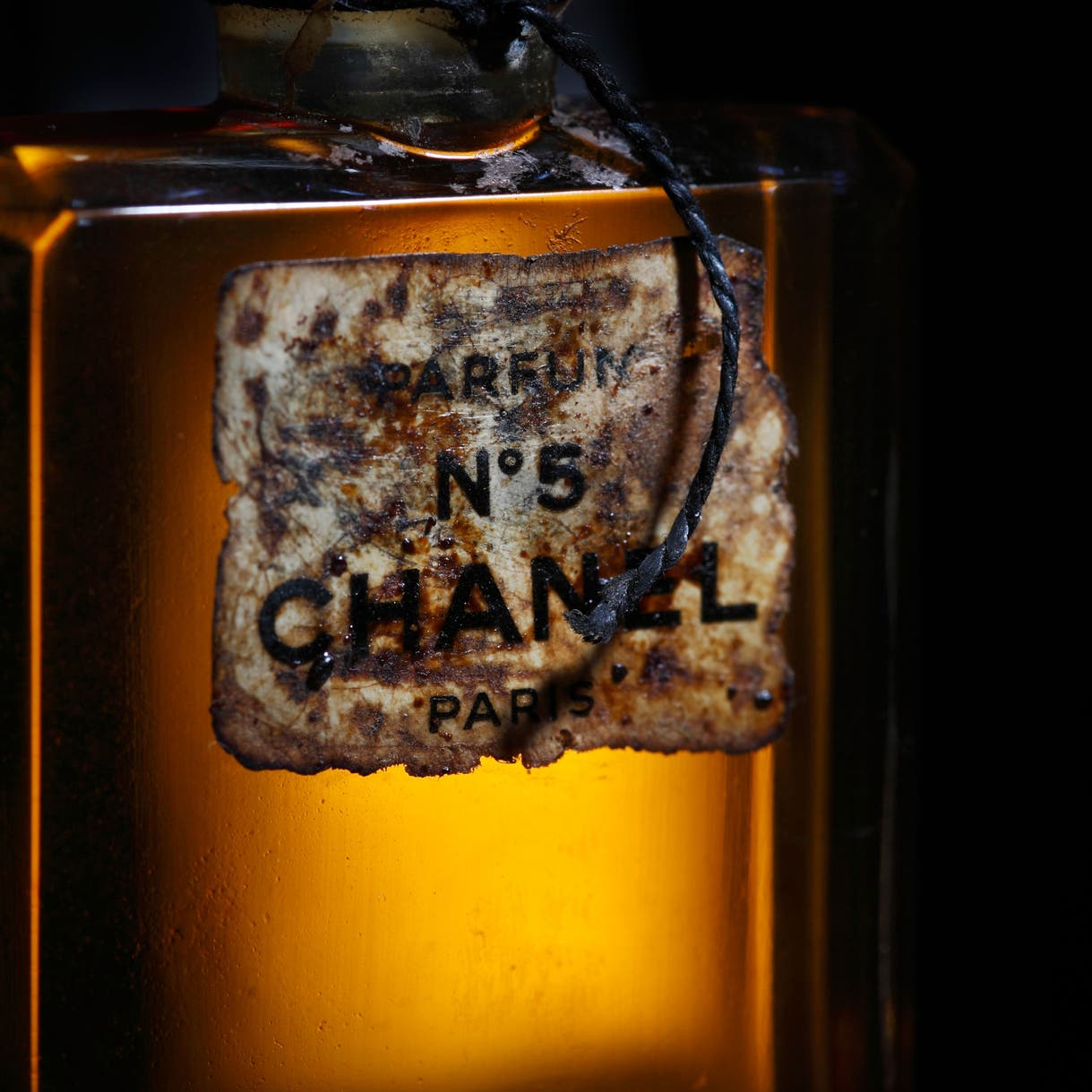
Chanel's perfume of choice was No. 5, but her agent number was F-7124. Her code name was "Westminster," after her former lover the Duke of Westminster.
JB: There’s an incredible, Pynchonesque moment in your book where an 85-year-old Coco Chanel receives a visit from an ambassador from the Soviet Union in her suite at the Ritz, where Chanel resided throughout the German occupation, despite its being reserved for military officers – an arrangement brokered by her aristocrat lover Baron Hans Günther von Dincklage. The Soviet ambassador gifts her some Russian perfumes and suggests that Chanel start redesigning Russian merchandise. One perfume is called White Lilac, and the other is Stone Flower, which is named after a Stalin-era fairy tale movie. Both scents pleased Madame Chanel, who apparently also told Roland Barthes about it. The French theorist reported that Chanel was planning to travel to Moscow, to help a society that was in need of “aesthetic innovation.” That was in 1968. But nothing came of this plan.
KS: Coco Chanel – and this has been verified – had an interest in sitting out the period that followed the Allies’ Anti-Hitler Coalition and the beginning of the Cold War. She would benefit simply by letting the time of isolation pass, waiting on things to thaw. The American National Exhibition in Moscow in 1959 suggested that such a thing might actually happen. It was a remarkable event for this generation: there was the state visit of Richard Nixon and his famous “kitchen debate” with Nikita Khrushchev; Buckminster Fuller, Raymond Loewy, and Duke Ellington were all there, as was the Paris fashion scene. Dior hosted a fashion show in Moscow, where there was local interest in reestablishing a common culture, and in catching up with France’s leadership in style and design. During this relatively relaxed period under Khrushchev, enough openness existed that people were able to learn as much as possible. The goal was to eventually exceed its freedoms, of course, but the Khrushchev Thaw was already over by the mid-1960s. Another short span of time sadly faded, then [was] lost from memory. It’s important to speak about the entire generation that ended up being deprived as a result – of their career and of an important period in life. Today, images of Moscow show a city and country that has changed yet again – and fashion remains in the political backdrop. Rows of thugs they call “Cosmonauts,” dressed in head-to-toe riot armor, march through the pedestrian passages of Moscow, past Gucci, Dior, and Chanel storefronts, to beat up protestors.
Credits
- Text: Joachim Bessing
Related Content
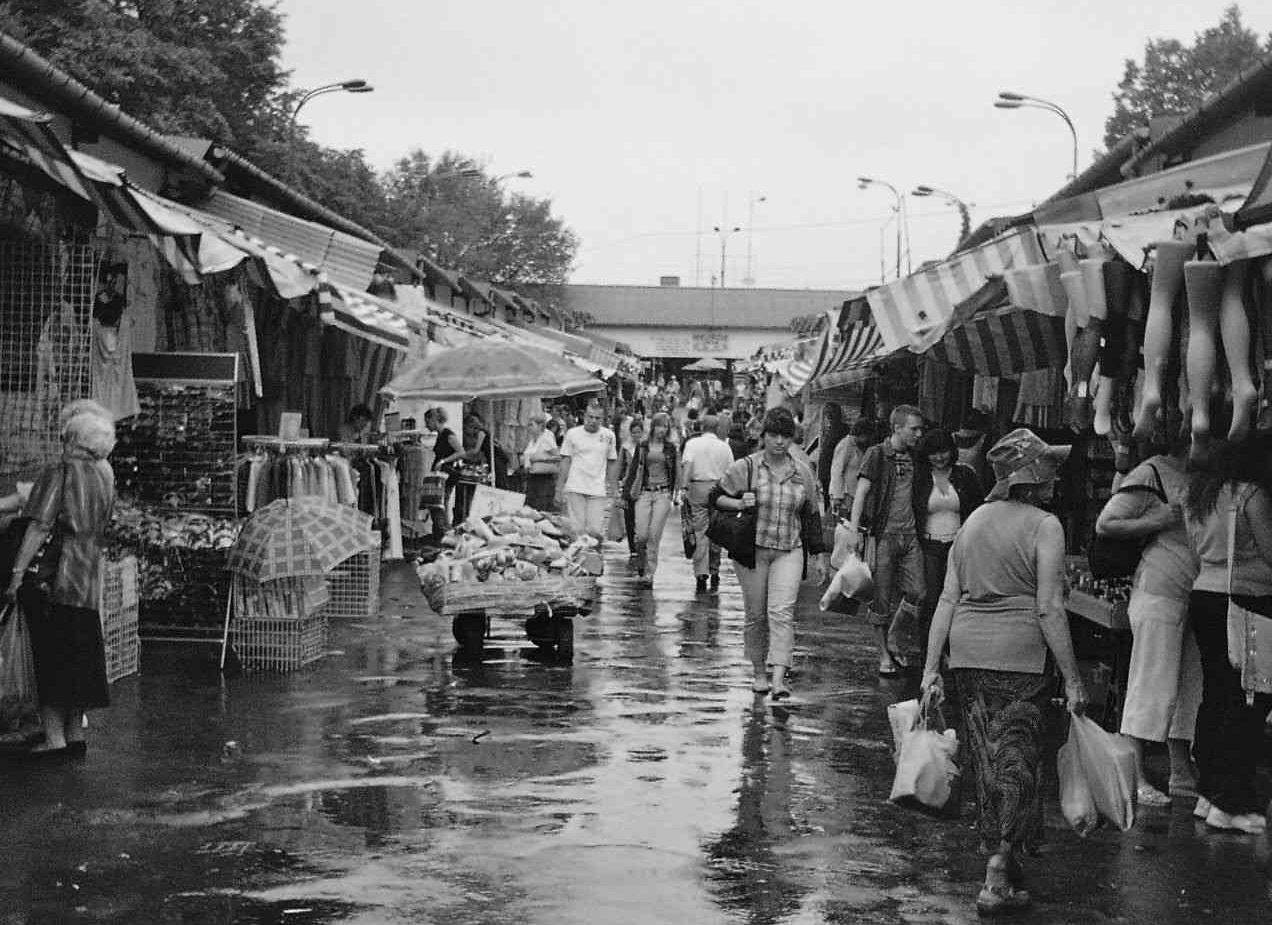
The Black Marketeers of the Bahnhof Zoo
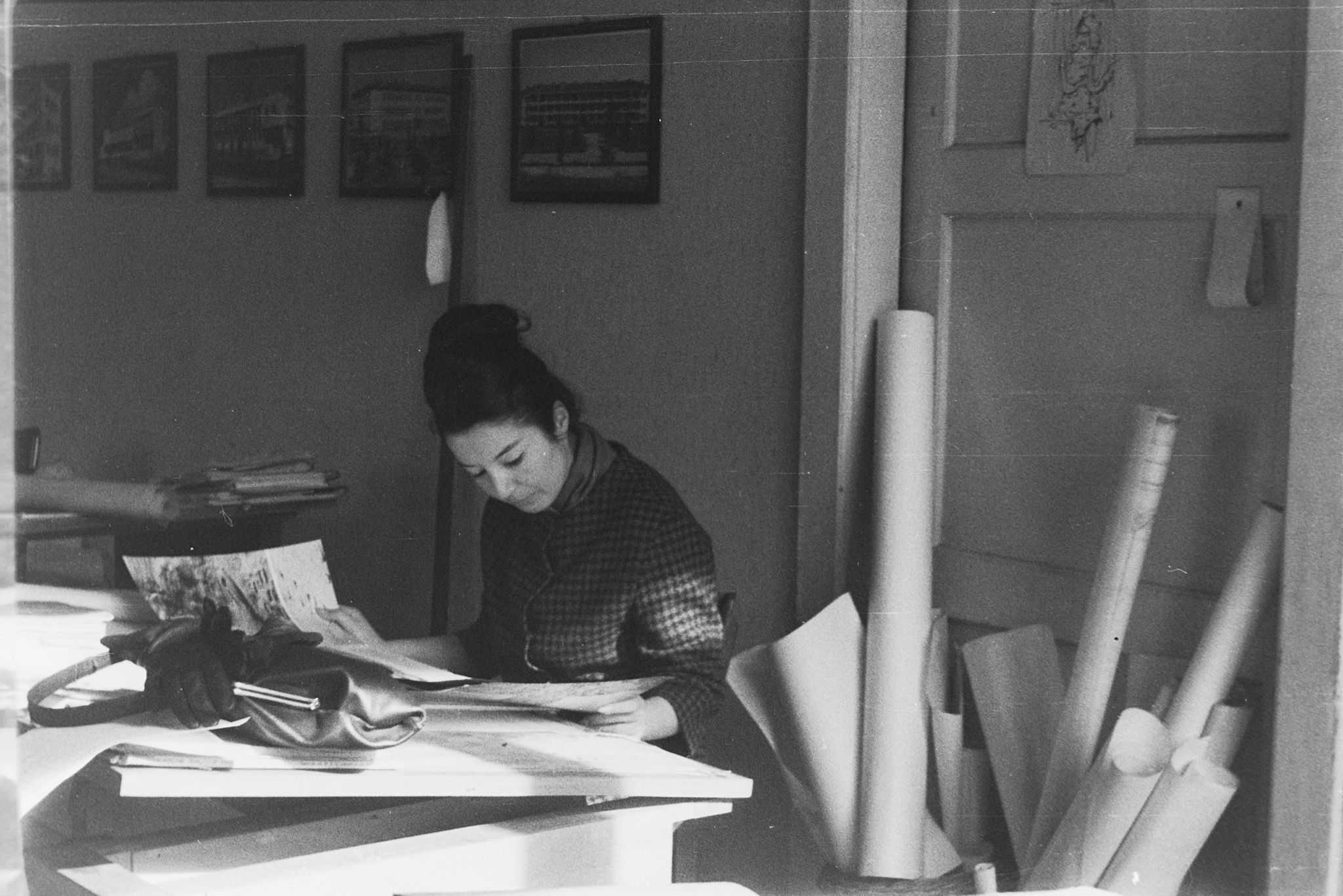
The Concrete Flowers of SVETLANA KANA RADEVIĆ
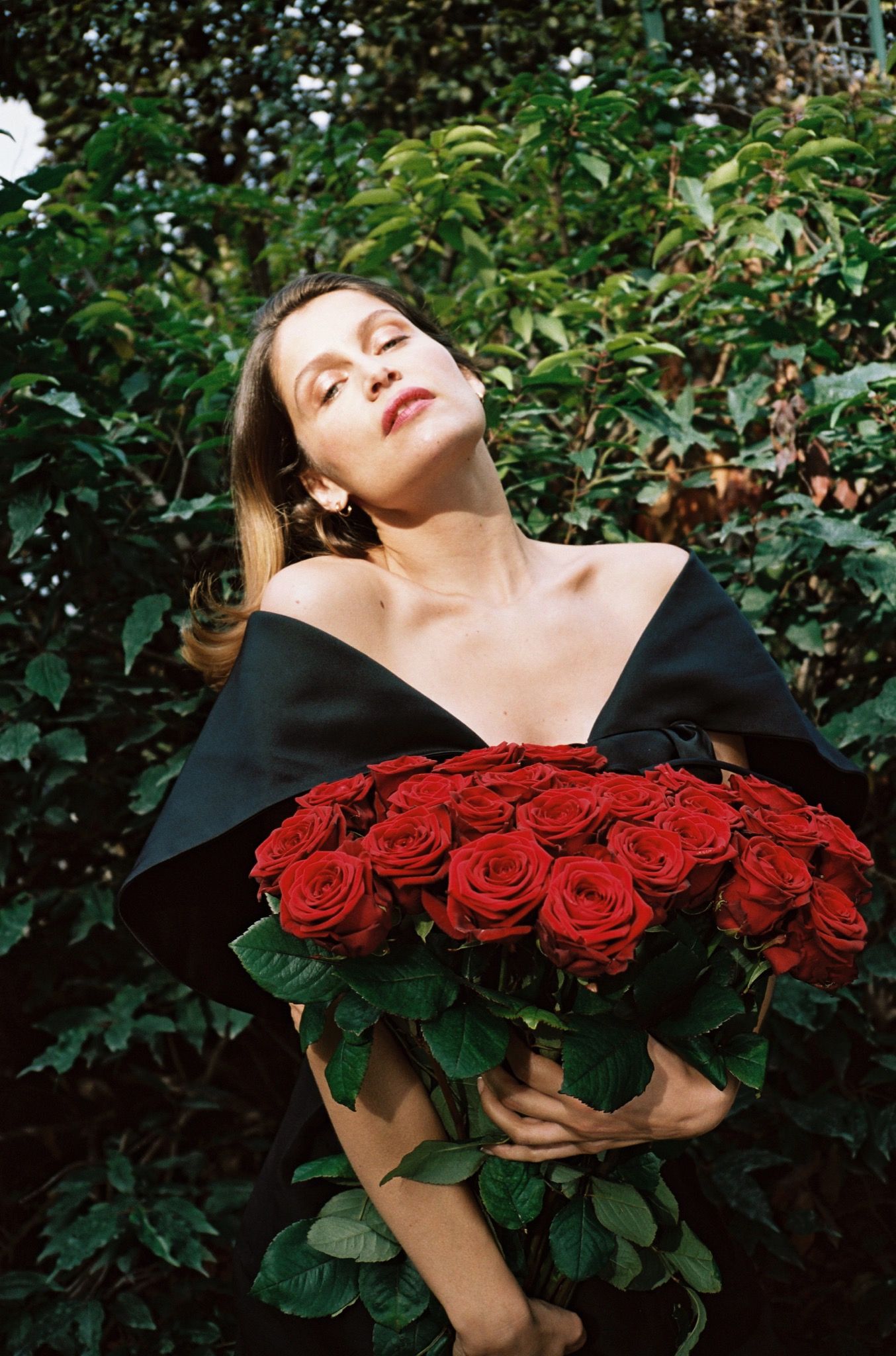
“Seduction is a philosophy, and the fashion world is nothing less than a world of temptations.” In the Garden With LAETITIA CASTA
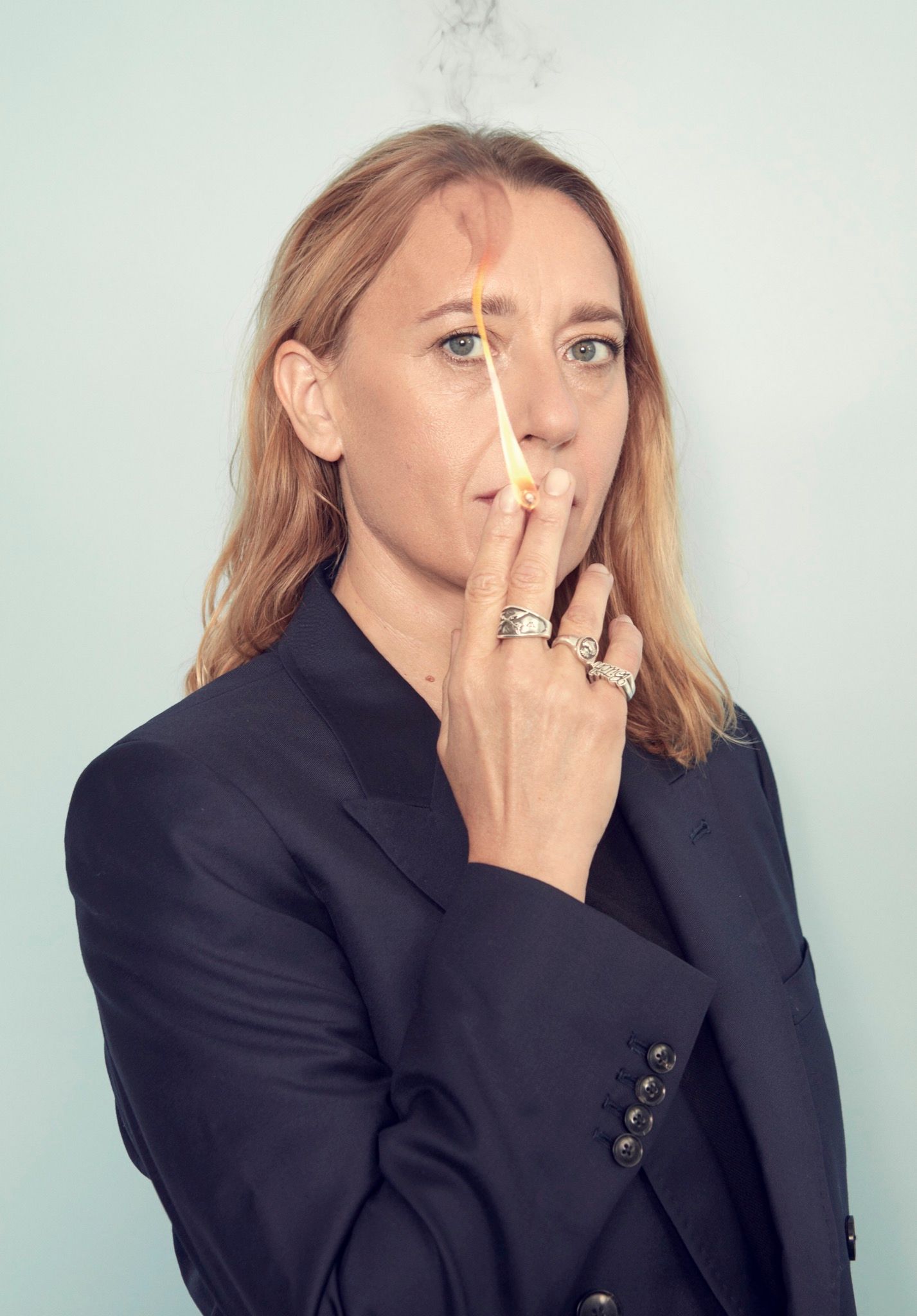
VIRGINIE DESPENTES: Hates People, Loves Dogs.
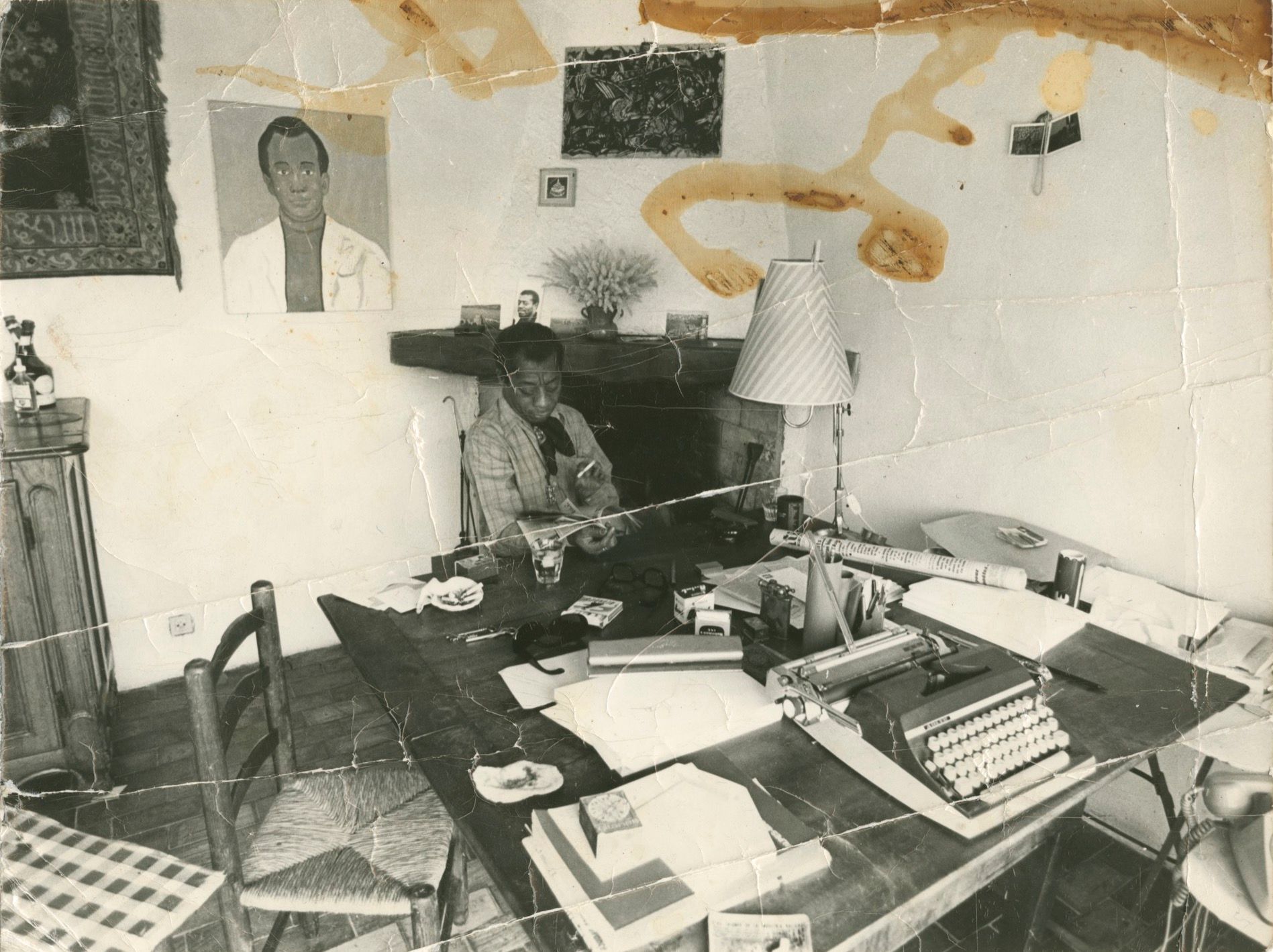
House as Archive: James Baldwin’s Provençal Home